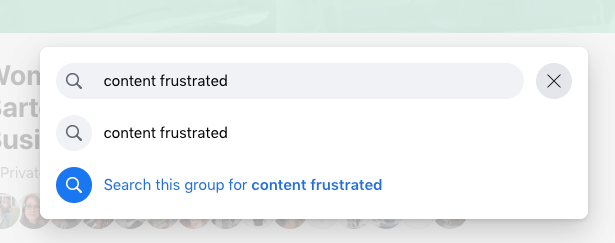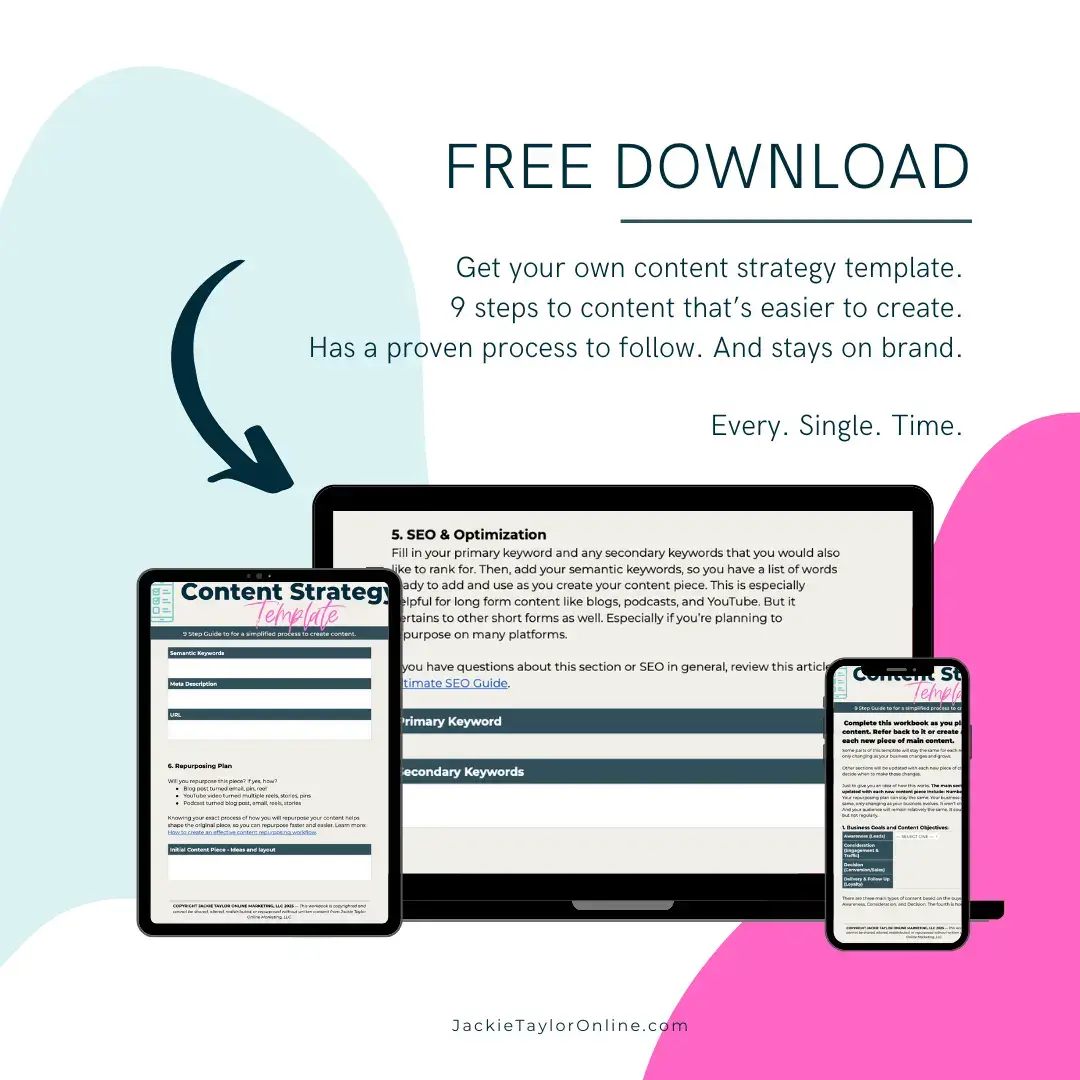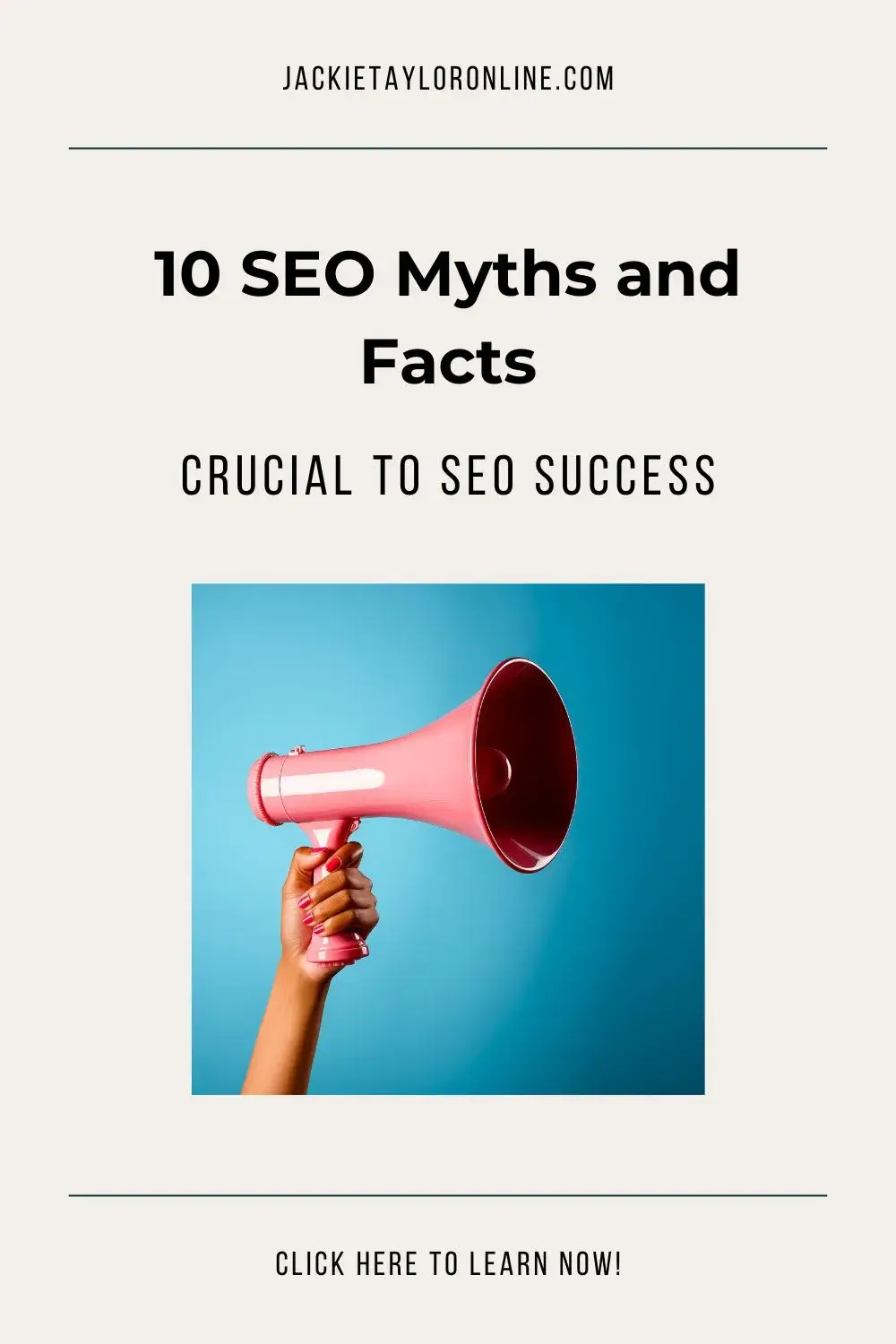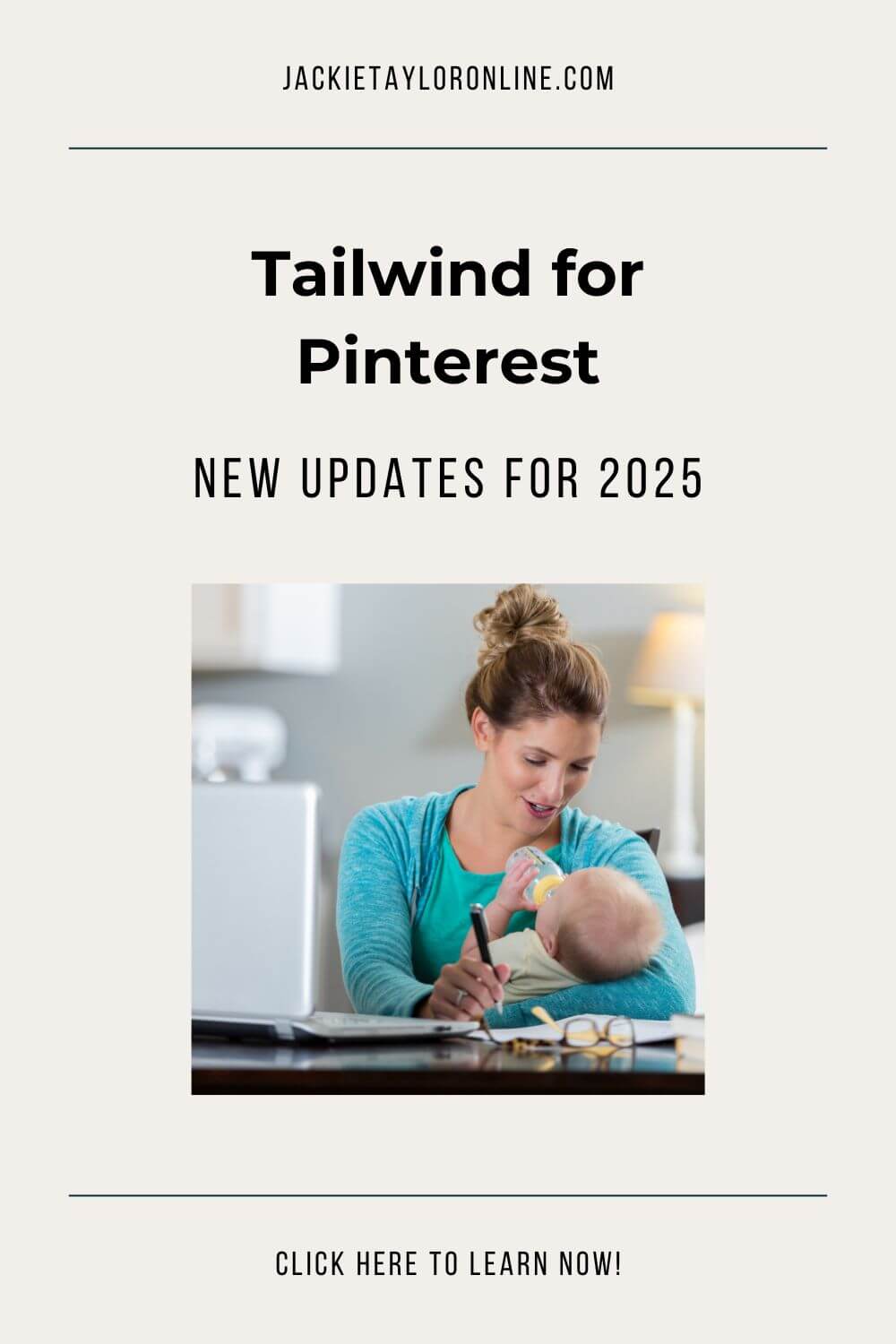The best way to connect with your audience is to use the same language as them. Use terminology that potential customers use in everyday life. Infuse it right into your content.
Talk to your target audience like they would talk to each other. This goes beyond explaining things so a fifth grader can understand them. Or leaving out jargon.
It’s more about getting inside their minds. And to do that, you’ll need these customer research methods.
AFFILIATE DISCLAIMER: I SOMETIMES LINK TO PRODUCTS AND SERVICES TO HELP COVER THE COSTS OF RUNNING THIS BLOG. THERE’S NO EXTRA COST TO YOU – AND I ONLY RECOMMEND PRODUCTS THAT I’VE BOTH USED PERSONALLY AND THINK ARE QUALITY PRODUCTS THAT HELP WITH EFFICIENCY. PLEASE READ MY AFFILIATE DISCLOSURE FOR MORE INFORMATION. THANKS FOR YOUR SUPPORT!
Table of Contents

This is actually researching your target audience’s pain points, and providing very specific solutions when they need it most. And through your free, ungated content.
No hoops to jump through. no subscriptions or paid newsletters. Quality, helpful content that moves the needle for them.
Customer Research Methods: 4 ways to Understand Your Audience Better
1. Interest-based Social Group Customer Research Method
One of my favorite customer research methods is Facebook groups. Not just Facebook, but groups specifically. You can target your ideal audience easily and for free. Just search Facebook for these groups if you don’t already follow some.
Many times, Facebook will give you group suggestions based on your actions online. Here are the steps I would take to do

I first start searching for my core topic, Content Marketing. Then I start with some variations to see if my audience refers to content marketing in another way. For example, many times it’s referred to as Content Creation.
I like to search specifically for pain words or phrases. These include “hate, frustrated, or can’t stand.” I look for these to go along with my keyword. Once I find some I like, I copy and paste what I need into my Google doc with all of my content topic ideas.
This way, I always have a list of topic ideas. I can refer to this list when I’m struggling to find something to create content around.

You can also use your own Facebook Group to survey your audience.
Anytime someone requests to join your group, simply ask two questions.
- What is your business?
- What is your biggest struggle with your business right now?
- You can always update or add to these questions at anytime as you try to create new content and new online products or offers.
Copy and paste their answers into a Google sheet.
Get more market research help inside my Market Research Guide & Workbook. Learn phrase profiling for your ideal buyers, get better keywords for SEO, and more. It’s all inside one guide and fillable workbook.
Related Article: Master Pillar Content: How to Pick Your Pillars with Examples

2. Customer Research Review Questions
Check out reviews of your digital products or competitor products and see what’s being mentioned the most. Both good and bad.
Reviews are a great way to learn the absolute best parts of a client’s journey or experience with products. And the most frustrating.
Reviews tend to detail one extreme to the other. The wording is either very appreciative and lends a hand to better help for their life. It’s the best thing they’ve ever tried or experienced. Or it’s the worst thing they’ve ever come across in their life. And they want to make sure no one else wastes their money.
According to Online Reputation Management, Customers who’ve had a bad experience are 2 – 3 times more likely to write a review than happy customers.
The wording of reviews alone can give you great insight into what’s truly important to consumers about the product or service itself, but also throughout the buying process.
You can see where there are gaps in the market. Gaps where products seemingly fail to fix the root of the problem or pain point.
- You’ll know what purchasers absolutely love.
- Do they love the bonuses with the course?
- Do they rave about swipe files.
- Maybe they love the workflow that makes the whole process faster and less time-consuming.
Reviews are where it’s at when it comes to researching content topics. Do some research with reviews, and I promise you’ll find some content ideas just waiting for you.
Get survey questions and forms ready-to-use inside SurveySolutions.

3. Customer Experience Research: Use FAQs from Your Competitors
Providing a solution to any question that’s asked repeatedly is just smart. Make sure your content and your offers already answer those frequently asked questions.
If you need an FAQ for it, it’s probably best to add it to your sales page, but it doesn’t hurt to also use it as a content topic.
Turn it into a blog post, podcast episode, YouTube video, TikTok, whatever social platform you’re on. Because if it’s listed in an FAQ, chances are this is an important facet, and it’ll most likely be searched thoroughly.
If you see an FAQ about refunds or a money back guaranteed, and it isn’t what you want to hear do you just take it at face value? Or do you do some research to see if someone else has a product that does offer a refund?
And the same is true for many other FAQ’s. If I see that there isn’t a coaching aspect along with a self-study course, I might do some Googling to see if anyone offers a similar course with a 1:1 coaching option or a group coaching option.
Related Article: The Buyers Journey: How to Create Content That Guides Your Audience to Purchase

4. Search Engine Customer Research
Try using not only Google, but YouTube or Pinterest. Both are great options to get content topic ideas.
The people searching each of these search engines will have varying viewpoints, so it’ll give your content creation a broader range of topic ideas to cover.
Maybe you’ve heard the phrase “Learn how to say the same thing 1,000 different ways.”
It’s somewhat true when it comes to Content Marketing Strategy. You want to make sure you’re answering all of your ideal client’s questions, frustrations, or problems.
But it’s also important not to confuse them by talking about 1,000 different things at once. That’s why you’re talking about one thing, but you’re presenting it 1,000 different ways.
Sometimes it takes a few touch-points before it clicks.
Sometimes your client just isn’t at a point where hearing the message will resonate or even help. And other times, it takes different types of content to reach your audience.
Related Article: Short Form Vs Long Form Content: Which is right for you?
Importance of Customer Research Methods

At the end of the day, the best converting content uses the same terminology as your target audience.
That’s how you get conversions (sales). You speak directly to them. And to their pain points. You present your offer as the solution to the problem they’ve been complaining about online.
They feel like they’ve finally found THE solution, not just A solution.
And they actually buy from you! Which is why a these four Customer Research Methods will be so important to your online small business.
Because your audience will feel like you heard them. You understand them. You’re there for them. That’s all anybody really wants.
So give them that and get more sales. It really isn’t a hard process, and it doesn’t even take as much time as you think.
Do your research. Keep a backlog of ideas ready to go when you need them. And just keep creating content that solves specific problems.
And if you need a little more guidance, check out my Market Research Guide & Workbook. It’ll walk you through the whole process and help you document the most important aspects of customer research.
FAQs
How do you get into your customer’s mind?
Source content topic ideas from Facebook groups, FAQs, Reviews, a variety of search engines (not just Google). You can search in groups that cater specifically to your target audience, the more specific the better. Or you can use your own groups to survey new members when they request to join. Ask questions like “What is your biggest struggle relating to [the topic problem your business solves]?”
How do you engage with target customers?
Find Facebook groups or forums for your target audience. Search for keywords or phrases around your core topic. Find out what is being said directly from consumers. What are the frustrations? What features or benefits are customers most happy with or excited to have access to? Respond to comments and give advice. Show your customers that you’re an expert on the topic. Being helpful first and foremost goes a long way to building a reputation as THE expert in your area of business, rather than just A PERSON ONLINE who might know a little about the topic.
How do you resonate with clients?
The simplest way to resonate instantly with your target clients is to make sure you solve all of their problems or pain points. Your target clients are most likely telling you exactly what they need or want. Simply source this information right from reviews for your products or your competition’s products. Then all you have to do is make sure your business solves those problems. You can even use your customer’s own words from the reviews on the sales or landing page.
What are 4 methods of market research?
The top 4 methods of market research that give you the best results for your online business are:
1. Interest-based Social Group Customer Research Method
2. Customer Research Review Questions
3. Customer Experience Research
4. Search Engine Customer Research




+ show Comments
- Hide Comments
add a comment